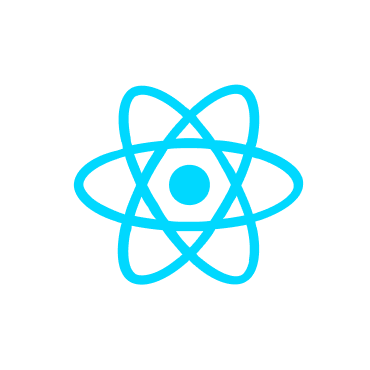
Introduction
In today’s fast-paced digital world, businesses seek scalable, dynamic, and high-performing web applications. One of the most efficient ways to achieve this is through full-stack ReactJS development. ReactJS has emerged as a go-to technology for front-end development due to its flexibility, efficiency, and component-based architecture. When coupled with robust back-end technologies, it enables the creation of seamless, interactive applications. Many enterprises are now looking for ReactJS development services to leverage the power of this JavaScript library and build next-level applications.
Understanding Full-Stack ReactJS Development
Full-stack ReactJS development refers to the process of building an application from both front-end and back-end perspectives. While ReactJS powers the user interface, various back-end technologies such as Node.js, Express.js, MongoDB, or SQL databases are employed to handle data storage, processing, and authentication. A full-stack ReactJS application provides a cohesive user experience with optimized performance and scalability.
Benefits of Full-Stack ReactJS Development
1. Fast and Efficient Development
ReactJS is renowned for its component-based architecture, which allows developers to reuse code and streamline the development process. This modularity enhances productivity, enabling faster application development and deployment.
2. Seamless User Experience
ReactJS uses a virtual DOM, which updates only the necessary parts of the interface when changes occur. This leads to a smoother, more responsive user experience, reducing unnecessary page reloads and enhancing interactivity.
3. High Performance
With features like server-side rendering (SSR) and static site generation (SSG), ReactJS applications deliver excellent performance. The asynchronous nature of ReactJS, coupled with efficient state management libraries such as Redux, ensures optimal application speed and responsiveness.
4. Scalability
A well-structured full-stack ReactJS application is highly scalable. Whether a startup or an enterprise, businesses can expand their applications without experiencing performance bottlenecks.
5. Rich Ecosystem and Community Support
ReactJS has an extensive ecosystem with a plethora of libraries, tools, and third-party integrations. Additionally, a vast community of developers contributes to its continuous improvement, making troubleshooting and innovation easier.
Key Components of a Full-Stack ReactJS Application
1. Front-End (ReactJS)
-
React Components: Modular and reusable UI components.
-
State Management: Using tools like Redux, Context API, or Zustand.
-
Routing: Implemented with React Router for seamless navigation.
-
UI Libraries: Tailwind CSS, Material-UI, or Bootstrap for enhanced design.
2. Back-End Technologies
-
Node.js & Express.js: Commonly used for building server-side logic.
-
Database Management: MongoDB (NoSQL) or PostgreSQL/MySQL (SQL).
-
Authentication & Security: JWT (JSON Web Tokens) or OAuth for secure authentication.
-
API Development: RESTful APIs or GraphQL for efficient data handling.
3. Deployment & DevOps
-
Hosting Services: Platforms like AWS, Vercel, or Netlify.
-
Containerization: Docker and Kubernetes for scalable deployments.
-
CI/CD Pipelines: Automating deployment using GitHub Actions or Jenkins.
How a ReactJS Development Company Can Help
A professional ReactJS development company specializes in building high-quality applications tailored to specific business needs. Here’s how they can contribute:
1. Custom Application Development
A skilled ReactJS team can create tailor-made applications that align with business objectives, ensuring a unique and engaging user experience.
2. UI/UX Design Optimization
Expert developers focus on crafting intuitive and aesthetically pleasing user interfaces, enhancing customer engagement and retention.
3. Performance Optimization
A company ensures applications are optimized for speed, efficiency, and scalability using best coding practices and modern development methodologies.
4. Maintenance & Support
Continuous monitoring, updates, and troubleshooting help businesses maintain seamless operations and adapt to changing user needs.
Best Practices for Full-Stack ReactJS Development
1. Follow Modular Coding Principles
Keeping the code modular by breaking it into smaller components enhances reusability, readability, and maintainability.
2. Implement Efficient State Management
Using the right state management solutions prevents unnecessary re-renders and improves performance.
3. Optimize API Calls
Efficient API handling with caching techniques such as React Query or Apollo Client enhances data retrieval speeds.
4. Secure the Application
Implementing security best practices, such as data encryption, authentication mechanisms, and HTTPS protocols, prevents vulnerabilities.
5. Use Continuous Integration & Deployment (CI/CD)
Automating testing and deployment ensures faster releases, reducing time-to-market.
Conclusion
Full-stack ReactJS development is an excellent choice for businesses looking to build next-level applications with seamless user experiences, high performance, and scalability. By leveraging modern technologies and best practices, organizations can create robust digital solutions that meet their evolving needs. Whether you are a startup or an enterprise, collaborating with experts can accelerate your development process and bring innovative ideas to life.